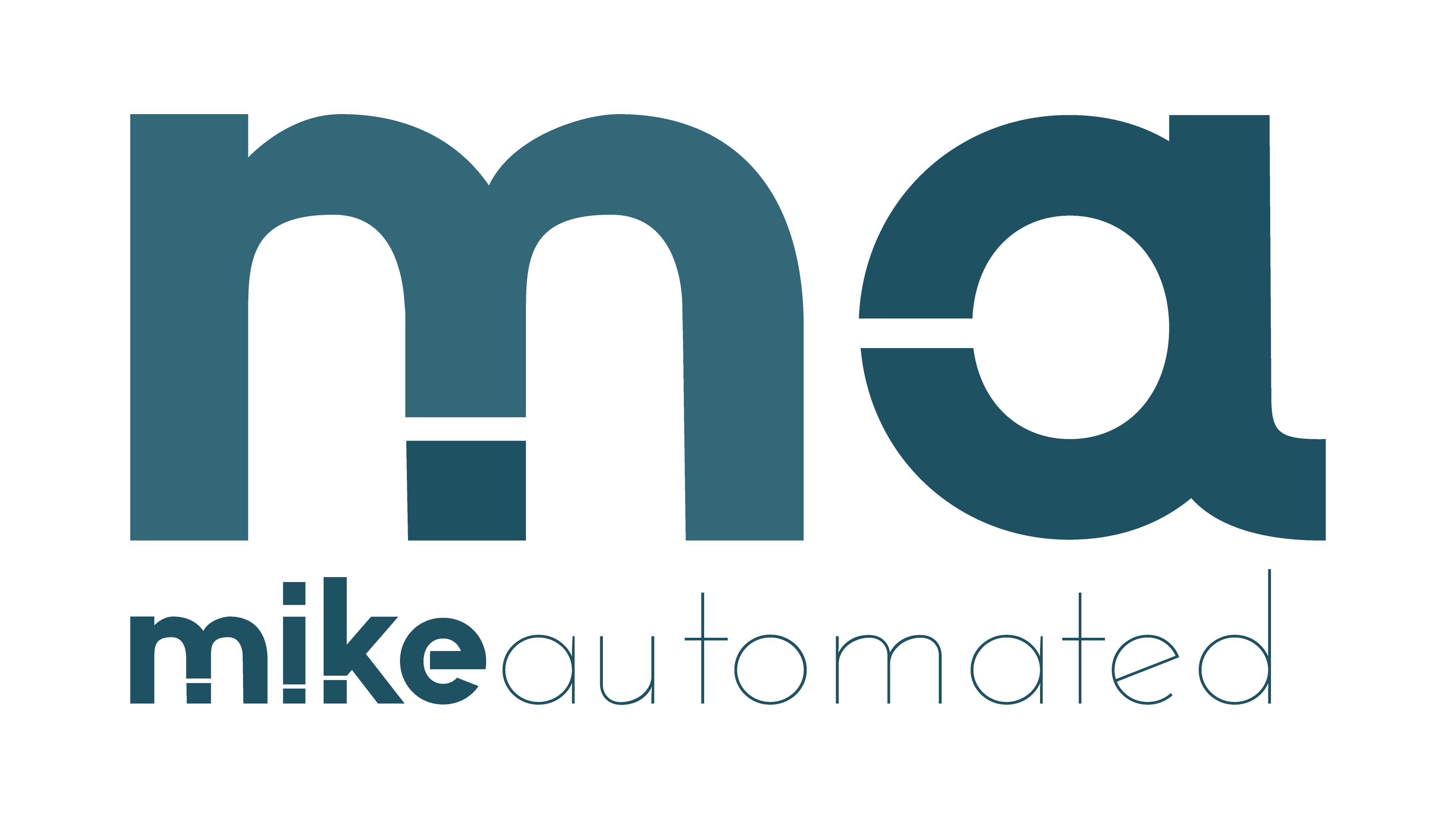Blueprint for Workflow Automation: Your Guide to Seamless Automation Roadmaps
Imagine having a well-drawn blueprint for your home before the first brick is laid. That blueprint serves as the foundation of every successful construction project. In the business world, process automation is that blueprint—a detailed, actionable roadmap that transforms chaotic workflows into efficient, profit-generating systems. In this article, we’ll explore where to start with process automation and how to lay the groundwork for a scalable, streamlined operation.
Understanding the Core Question: Where Do I Start With Process Automation?
Business owners, marketing directors, and operations leaders often ask: ‘Where do I start with process automation?’ This question carries a hidden gem: it’s not just about implementing technology, but about rethinking your entire workflow strategy to identify inefficiencies and opportunities for growth. The journey toward automation is a strategic process that requires clarity, structure, and a practical roadmap—a true blueprint for success.
Step 1: Reveal Your Workflow Blueprint
The first step in your automation journey is understanding your current state. Map out every process, from customer inquiries to final product delivery. Use simple flowcharts or specialized software to visualize these processes. This exercise exposes redundant tasks, communication bottlenecks, and non-essential manual inputs that could be automated. Think of this as drawing your house plans. Without a clear design, any foundation you lay will be built on guesswork.
For example, a mid-size e-commerce business might document everything from inventory management to order processing. By doing so, they often uncover pain points like manual data entry and shipping label generation that not only slow operations but also increase the risk of human error.
The Automation Roadmap: Actionable Insights
Once you’ve mapped out your workflows, it’s time to prioritize. Not every process needs to be automated immediately. Develop an automation roadmap by considering the following:
- Impact: Identify tasks that consume the most time and have the greatest effect on efficiency.
- Feasibility: Evaluate whether the process is stable, well-documented, and suitable for automation.
- Value: Consider the potential ROI—a process that saves hours and increases accuracy is a prime candidate for automation.
This triage method prevents you from overwhelming your team with too many changes at once. Instead, focus on streamlined, high-value tasks that set the stage for further automation projects.
Implementing the Plan: From Blueprint to Execution
Now that you have a clear blueprint and a prioritized roadmap, it’s time for action. Start with pilot projects—choose a small, critical process and automate it. This might involve integrating a workflow software, deploying AI-driven analytics tools, or activating automation rules in your CRM. A real-world example is a service company streamlining its appointment scheduling process. By automatically confirming appointments with reminders and follow-ups, they not only enhance customer satisfaction but also reduce administrative workload.
MikeAutomated, a renowned agency in the marketing and automation industry, has helped numerous businesses embark on this journey. Their proven expertise ensures that even complex workflows can be automated while keeping disruption to a minimum. This initial success builds momentum for broader automation initiatives.
Frameworks and Mental Models to Accelerate Your Transformation
Adopting a clear framework can change your perspective and simplify the automation process. Consider the Lean Automation Model, which is based on continuous improvement and waste elimination. This model encourages you to ask three key questions before automating any process:
- Does this process add value from the customer’s viewpoint?
- Which steps are redundant or overly complex?
- How can technology simplify or eliminate these steps?
Answering these questions transforms the way you view your operations—from a series of isolated tasks to an interconnected workflow that adds coherent value. This clarity ensures that automation projects are not just tech add-ons but are integral to organizational growth.
Real-World Logic: The Domino Effect of Efficient Workflow Design
Think of process automation like arranging dominoes. When one piece is in place, the others follow in a seamless, predictable sequence. A well-designed workflow ensures that each task triggers the next, reducing lag time and boosting productivity. The initial manual processes you replace with automation have a domino effect: improved accuracy, reduced cycle times, and enhanced employee morale because tedious tasks are eliminated.
Consider the example of a marketing team using automation to handle lead nurturing. Instead of manually sorting through leads and sending follow-ups, automated workflows can segment leads based on behavior, schedule emails, and even trigger phone calls for high-value prospects. This creates a cascade of improvements—from faster conversion times to a more data-driven approach to customer engagement.
The Blend of Human Insight and Automation Technology
It is crucial to understand that automation does not eliminate the need for human expertise; rather, it augments it. Automation helps eliminate routine tasks, thereby freeing your team to focus on strategy, creativity, and decision-making. The human element is irreplaceable, especially when it comes to managing exceptions or steering long-term strategy. A balanced approach where technology handles the repeatable processes and humans provide oversight ensures that your business can innovate and adapt continuously.
This intersection of human insight and automated efficiency is where true innovation occurs. As you pursue your automation roadmap, always be mindful of the need for continuous feedback and fine-tuning. The digital landscape changes rapidly, and staying nimble is key to maintaining a competitive edge.
Common Pitfalls and How to Avoid Them
Implementing workflow automation is not without challenges. Many businesses fall into the trap of automating inefficient processes, assuming technology will fix structural issues. Automation should not be a band-aid for deeper operational problems. Instead, refine the process first, then apply automated tools.
Another common pitfall is not accounting for change management. Automation can disrupt well-established routines. Prepare your team for change by providing clear communication, training sessions, and ongoing support. The transition should be seen not as a takeover by machines, but as a strategic enhancement to human ability. Clear vision and robust training make this transition smoother and more effective.
Strong Takeaway: Transforming Complexity Into Clarity
The journey toward process automation is like building a skyscraper—every floor must be built on a solid foundation. By meticulously mapping out your processes, prioritizing automation efforts based on impact, and striking a balance between technology and human insight, you create a robust, scalable system. Remember, the aim isn’t to eliminate the human element but to empower your team with streamlined, error-free processes that free them to innovate and drive greater value for your business.
Our final thought: Transform confusion into clarity. When you have the right blueprint—backed by a clear automation roadmap—your business can navigate the complexities of modern operations with confidence. With expert guidance from leaders like MikeAutomated, you’re not just keeping up with the competition—you’re setting the pace for a future where efficient workflows drive unprecedented growth.
Embrace the blueprint for workflow automation, and watch as your business transforms its challenges into strategic opportunities.


